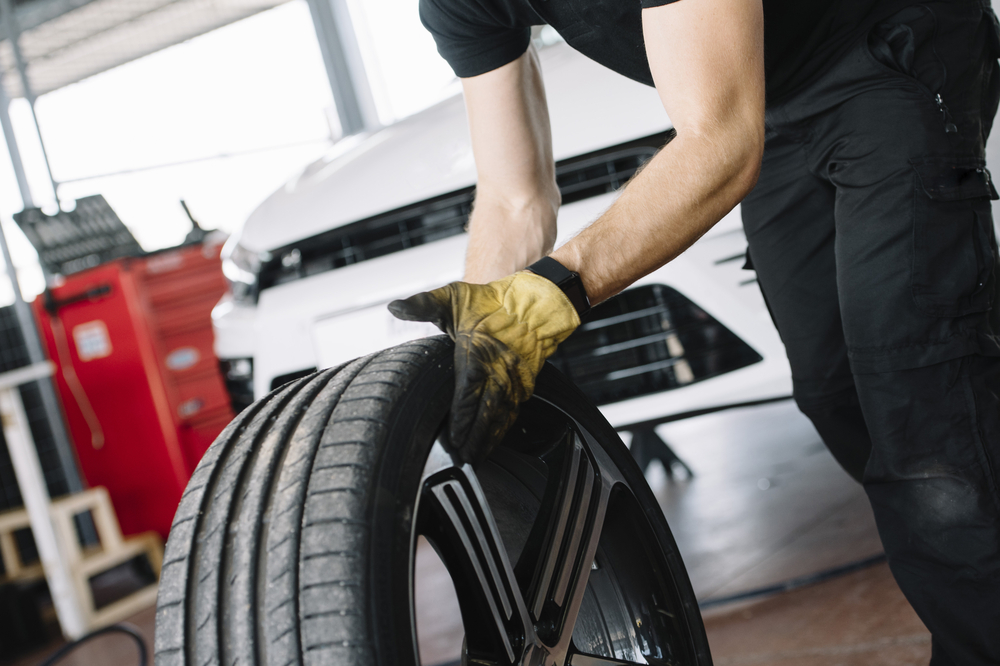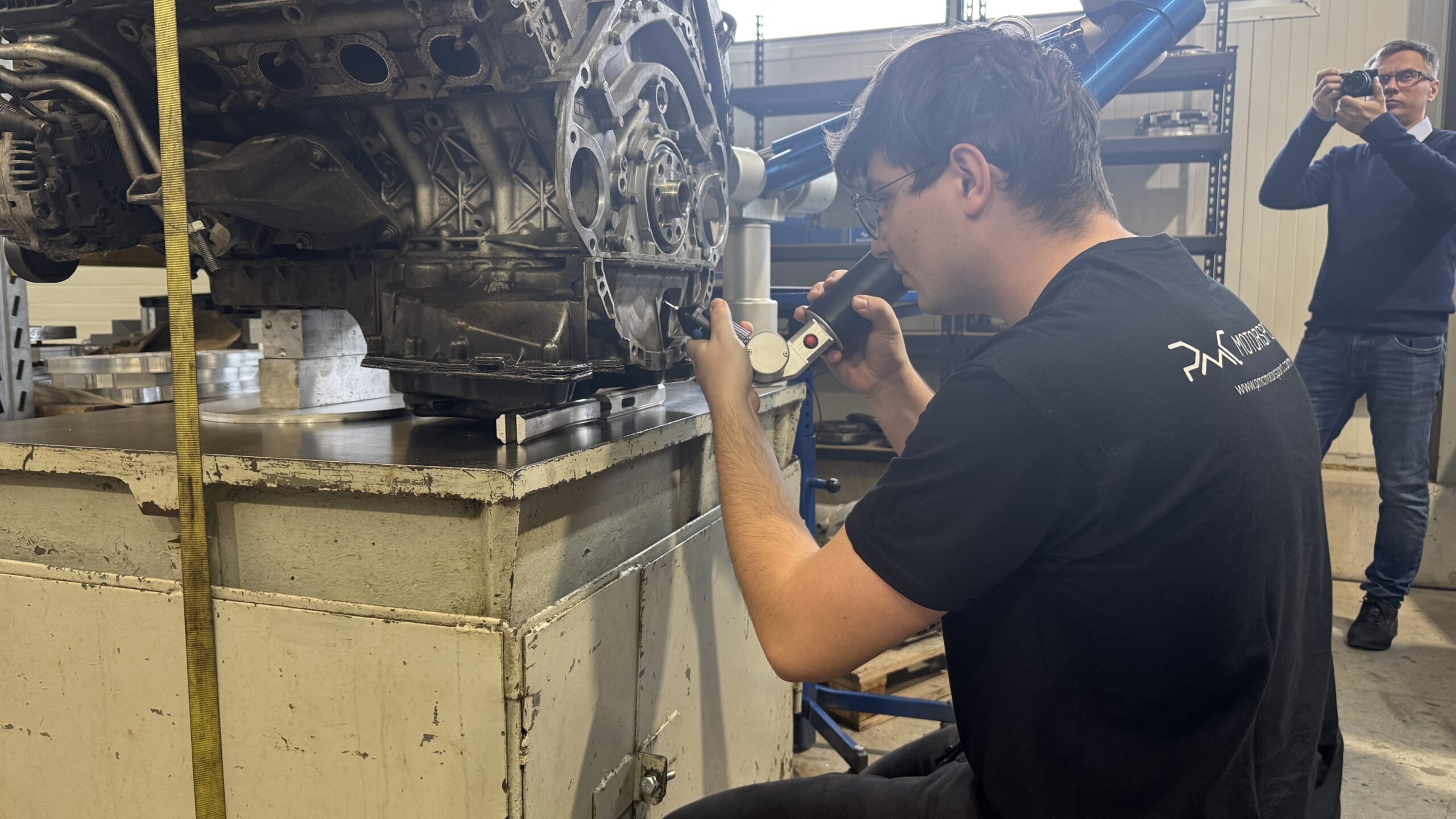
When an automotive repair shop is bustling, the owner can often feel the urge to jump in and try to help out without checking with staff. However, this well-intentioned assistance can sometimes disrupt the workflow and productivity, a shop trainer warned.
Instead, by acting like any other employee, asking where help is needed and trusting the staff to handle their roles, owners can avoid disrupting the workflow and ensure the shop runs smoothly, explained Jim Saeli, an instructor and trainer with Drive.
Saeli described a common scenario where the owner tries to help but ends up causing more problems.
“He likes to jump in. He likes to help. But unfortunately, he just goes in and does what he thinks is important, because that’s why he used to do it. So he jumps right in there, he goes back and he’s doing this and he’s going to help you in the shop. He’s going around and he’s going to do [this and that], and he thinks he’s helping you. But unfortunately, it messes your whole day up, right?” Saeli explained during his presentation at the Midwest Auto Care Alliance Hi-Tech Training & Expo in Kansas City.
One particular issue Saeli highlighted was the “back door bandits” — customers who bypass the counter and go straight to the owner’s office. They sit and chat for a while before checking out the customer’s car and seeing what’s wrong. This often leads to the owner interrupting a technician’s work on a critical job to address the customer’s immediate concern.
“Another example of how an owner can get in the way of productivity,” Saeli noted.
To truly help, Saeli suggested that owners should act like any other employee and ask where their assistance is needed.
“They need to come to you and say, ‘What do you need help with?’ And then you say, ‘Hey, road test this vehicle. It’s got difficult problems. He’s got a weird misfire,’” he advised.
Saeli joked that some staff might enjoy sending the owner on a long road test to keep them occupied.
“Some of you actually like to send the owner on those rides, don’t you? You get rid of them for about 45 minutes, an hour, hour and a half,” he said tongue-in-cheek.
However, the real issue arises when the owner returns and pulls a technician away from their work to now work on the problems he found.
“Now what he needs to do is he needs to be an employee like anybody else, and he needs to do it like anybody else,” Saeli emphasized.
The key to avoiding these disruptions is proper training and delegation. Owners need to trust their staff and allow them to handle their responsibilities.
“For some of you, the owner just needs to stay away and let you do your job, right?” Saeli acknowledged. He shared his personal experience, admitting that it was hard to let go and trust others to do the job as well as he did.
“It was hard to admit that somebody actually did it as well as I did, or worse yet, did it better than I did,” he said.
Ultimately, if the staff is performing well, it means the owner has done an excellent job of training them.
“If that’s happening, there’s one thing that that means: You did a really good job of training someone to take over for you,” Saeli said.
Image credit: Depositphotos.com
Related Posts
Comments
-
“Saeli acknowledged. He shared his personal experience, admitting that it was hard to let go and trust others to do the job as well as he did.” Hmmm sounds like he failed at owning a shop and has converted to guess what, big surprise, another consultant. The owner that Saeli describes in this article seems to be out of touch with his business and needs to be putting it up for sale and moving on to other endeavors.













Leave a Reply